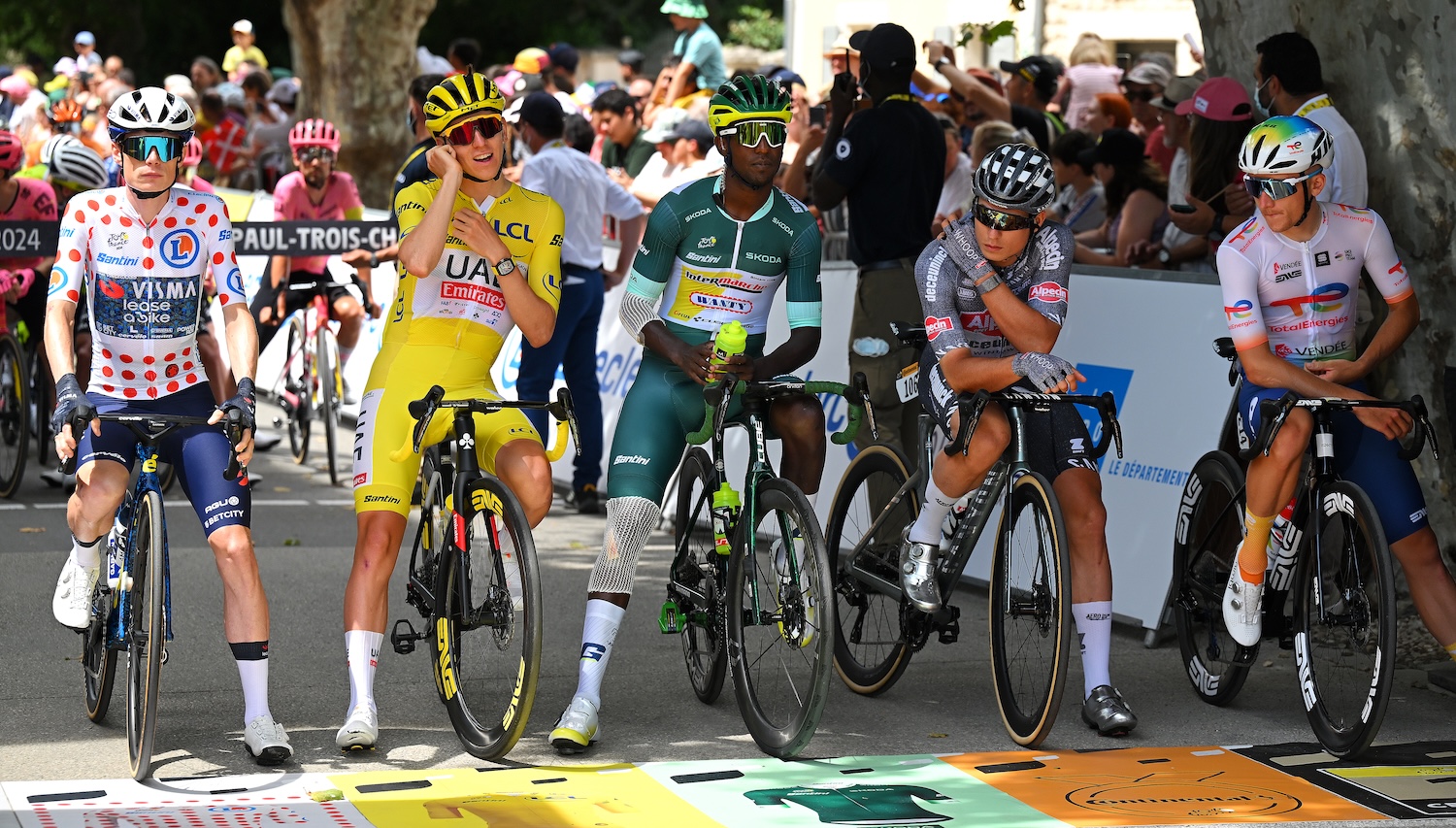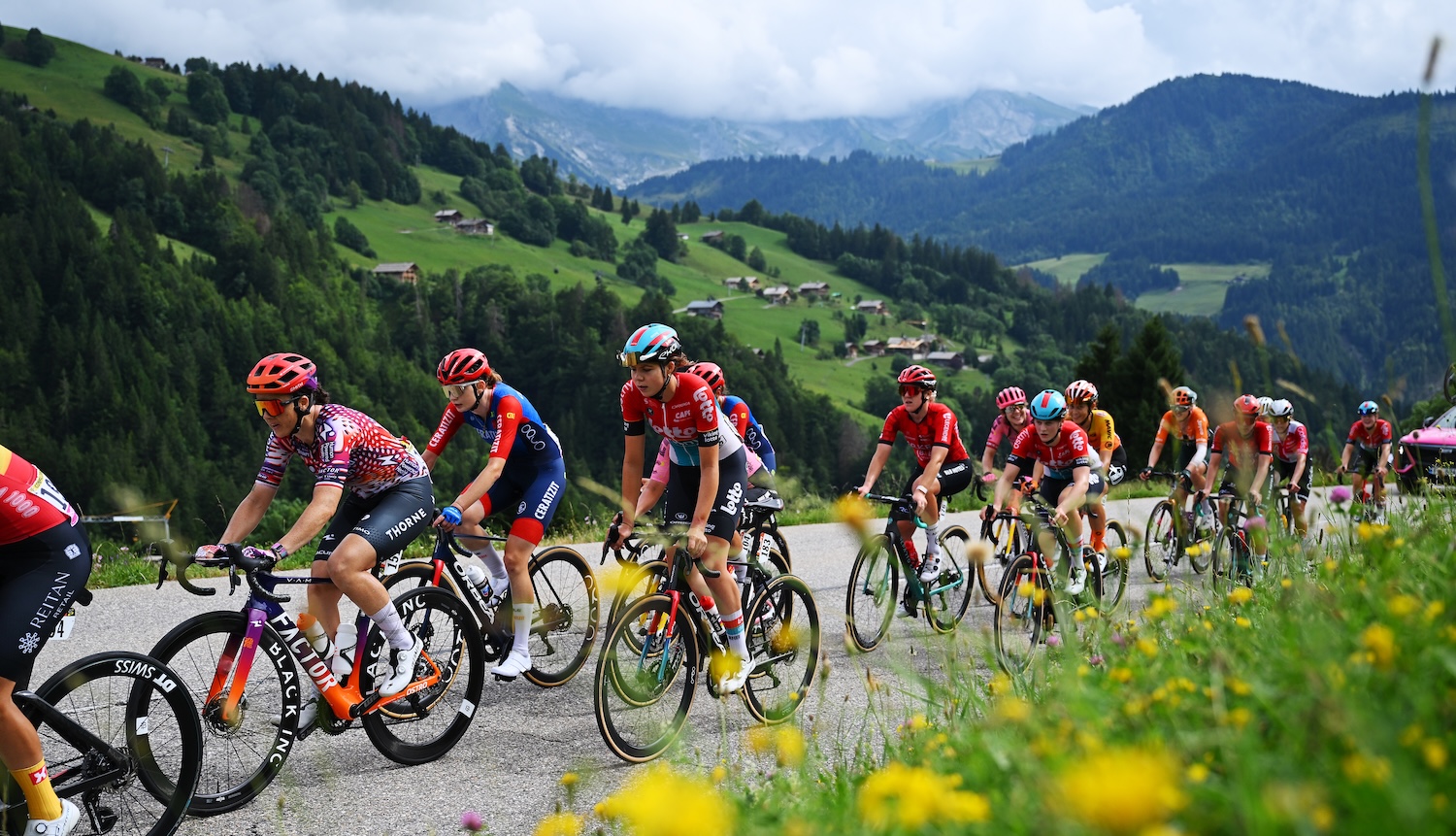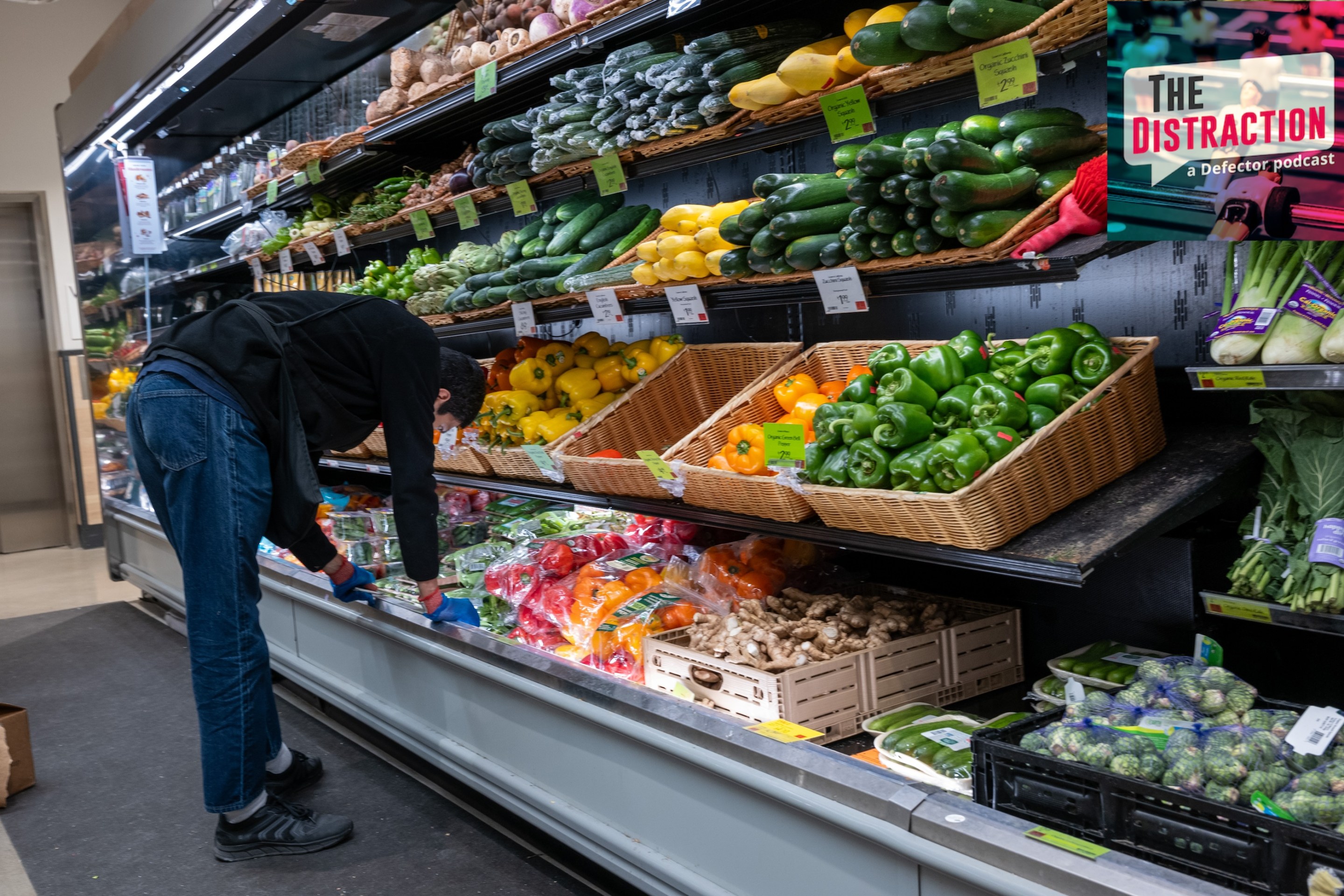There's a sort of inescapable wastefulness to having a cup of coffee, unless you happen to do your coffee drinking in the relatively narrow belt of the planet that supplies coffee beans to the whole rest of it. Here, where I am writing this blog, by the time any coffee beans arrive as grounds in my pour-over pot they've traveled many thousands of miles from even the nearest plausible place of origin. The best a coffee drinker at my latitude can hope for is that the coffee bean travels a reasonably straight path from the place it grew to your cup: Maybe it was packaged near where it was harvested, and then a series of basically direct rides on boats and/or planes and/or trucks brought it to some place near you that does roasting and retailing and maybe even brewing of coffee, where you bought it. That's not ideal! That's already a pretty brutal carbon footprint for a cup of hot bean water. But it's likely the best you can do.
Still, once the roasted and ground-up coffee beans get into the possession of whoever wants to turn them into a cup of coffee, the whole thing gets pretty straightforward. You simply combine the coffee grounds with some water—hot or cold! Your pick!—and some amount of time later, from seconds in the case of espresso to hours in the case of cold brew, the former have turned the latter into brewed coffee. At which point you drink the coffee. People had been doing this successfully for many hundreds of years before the advent of electrical circuitry or the internal combustion engine; before germ theory, for that matter.
You can brew coffee in a saucepan or an old-timey percolator over a pile of burning sticks; you can, quite literally, combine coffee grounds and water in a jug or pitcher, put a plate over top of it to keep dust from settling in it, leave it on the counter overnight, and have coffee in the morning. The resulting beverage will be just as much a cup of coffee as any other cup of coffee. Many coffee-brewing techniques require no knowledge more esoteric than where to put a paper filter and how to press an "On" button in order to output a cup of coffee 100 percent as good as the cup of coffee that made you decide you liked drinking coffee in the first place. If your tastes run more particular than that, you may need truly exotic technology such as "a thermometer."
You can probably tell by now this is a blog about coffee. But it's also a blog about ease and convenience. Making a cup of coffee is very easy; being able to make a cup of coffee in one's own home at virtually any time is very convenient, particularly in the context of where coffee originates on the globe relative to where the majority of this blog's readers do their coffee-drinking.
A very ridiculous Massachusetts startup company called "Cometeer" (as in, one who rides a comet, I guess) has an idea for a different way to get a cup of coffee. Their idea is, you take a flash-frozen puck of concentrated brewed coffee out of your freezer, you place it into a cup, you pour hot or cold water over it, and hey presto, it's a cup of coffee. That does, indeed, sound very easy and convenient, up to that point. The sales pitch for this, according to the uncritical writeup it got in the Boston Globe, is as follows: "A flash-frozen coffee puck that yields a perfect cup, no experience or equipment required."
Which is sort of a weird claim, I think! Or in any event, at least one of the following three words—"experience," "equipment," or "required"—is being used very weirdly in it.
In order to get to the point at which your freezer has a flash-frozen puck of concentrated brewed coffee in it, the coffee beans that make that concentrated brewed coffee have to have been shipped from their place of origin, almost certainly in the global south, to a special 70,000-square-foot Cometeer factory in Gloucester, Massachusetts. There they are brewed into coffee using "proprietary and patented coffee-brewing machines"—developed by "scientists from MIT, Apple, and Tesla," no less—"that fill thousand-plus-square-foot rooms." The resulting brew is analyzed by "coffee masters—armed with Princeton degrees and poached from companies like Blue Bottle and George Howell Coffee." Then it is flash-frozen, immediately, at minus-321 degrees Fahrenheit, certainly using highly specialized technology and chemistry; packed into special "aluminum-made capsules"; and "dumped into liquid nitrogen to freeze the coffee compounds." Then it's packed into dry ice, to keep it frozen, and shipped around the world to people who want to drink coffee this way.
In other words, just to get to the point at which your freezer has a Cometeer-brand flash-frozen puck of concentrated brewed coffee in it, some number of coffee beans must be subjected to the absolute most sophisticated, technologized, circuitous, wasteful process for making coffee in the entire history of life of earth. More experience and equipment are required to create a cup of Cometeer coffee than any other halfway plausible cup of coffee, literally ever. (You can tell the MIT, Apple, and Tesla scientists and Princeton-educated coffee-masters did a good job of brewing your coffee with proprietary machinery in Gloucester, Mass., flash-freezing it in liquid nitrogen, packing it in dry ice, and shipping it to your home for you to store in your freezer, because it tastes like you spent five minutes making it yourself using techniques that predate the advent of antibiotics.)
The trick is to tempt you, the coffee drinker, to agree that because the only parts of the process of getting a cup of coffee this way that you yourself personally perform are ordering online the flash-frozen pucks of concentrated brewed coffee, and then placing one of them into a cup and pouring some water over it, this means that the act of "making" a cup of coffee is meaningfully easier and more convenient. To agree that eliminating a few minor and very easy steps on your personal side of the transactional curtain justifies adding a whole nightmare labyrinth of insane sophistication and criminal waste to the side of it you've paid your way out of witnessing or feeling accountable for. That is to say, it's contingent upon you agreeing with deeply sociopathic and monstrous ideas of the relationship between you and the world outside yourself.
This makes it akin to the Keurig, of course. Though Cometeer's makers would probably blanch at the comparison, through its sheer Rube Goldbergian stupidity it is also a cousin to Juicero, the infamous juice-press startup that sold $400 internet-enabled countertop machines engineered to squeeze fruit juice out of Juicero-branded bags of fruit juice, and which collapsed utterly once some of its early adopters discovered that they could just squeeze fruit juice out of bags of fruit juice with their own analog hands. But it belongs much more authentically to the ever-growing horror-genre of companies that, whatever their nominal product or service, at heart sell the bourgeois dream of outsourcing all human life's vulgar labors to the far, unseen side of that transactional curtain—or the even bleaker 21st-century striver-class fantasy of being always too busy, too motivated, too psychotically optimized for achievement to spare a few extra minutes brewing your own fucking cup of coffee, yet also possessed of such a severe and unyielding entitlement to "high-quality coffee, similar to what champion baristas can create" that you must deploy teams of MIT, Apple, and Tesla scientists to brew it for you.
I implore you not to live like this. Any number of quite simple and easy to use countertop gadgets can brew you a perfectly delicious cup of coffee without routing the poor beans through tech-startup nightmare hell along the way. All the rest of what this trash startup offers can be had much less obnoxiously by pairing that cup of coffee with some plastic fangs and a few drops of red food coloring.







